From cryonics to time travel, here are some of the (highly speculative) methods that might someday be used to bring people back to life.


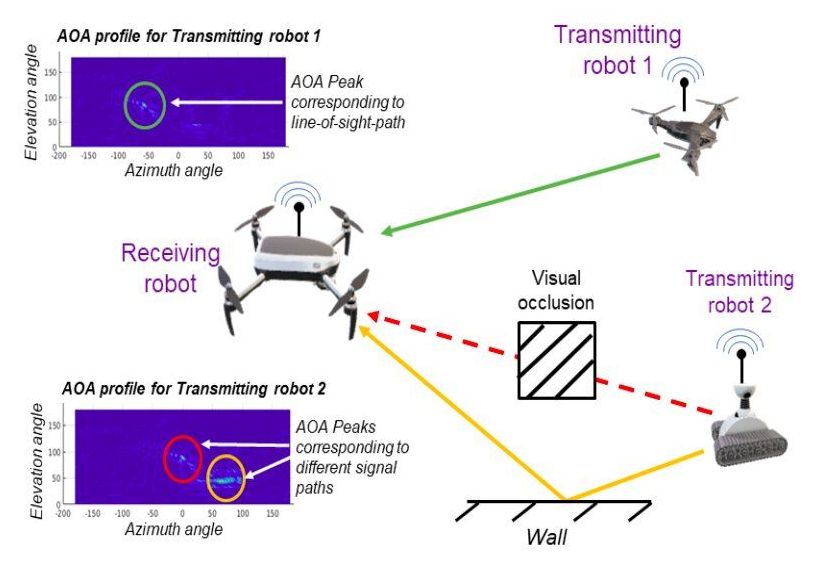
Researchers at Harvard University have recently devised a system based on Wi-Fi sensing that could enhance the collaboration between robots operating in unmapped environments. This system, presented in a paper pre-published on arXiv, can essentially emulate antenna arrays in the air as a robot moves freely in a 2-D or 3D environment.
“The main goal of our paper was to leverage arbitrary 3D trajectories for a robot (UAV or UGV) equipped with an on-board trajectory estimation sensor,” Ninad Jadhav, one of the researchers who carried out the study, told TechXplore. “This allows a Wi-Fi-signal-receiving robot to estimate the spatial direction (in azimuth and elevation) of other neighboring robots by capturing all the wireless signal paths traveling between the transmitting and receiving robot (which we call AOA profile). Additionally, we also characterized how the trajectory shape impacts the AOA profile using Cramer Rao bound.”
In their previous studies, Jadhav and his colleagues focused on robot collaboration scenarios in which the robots followed 2-D trajectories with a limited set of geometries (e.g., linear or curved). The new system they created, on the other hand, is applicable to scenarios where robots are moving freely, following a wider range of trajectories.

Over the past few years, researchers have been trying to develop new designs for perovskite solar cells that could improve their performance, efficiency and stability over time. One possible way of achieving this is to combine 2-D and 3D halide perovskites in order to leverage the advantageous properties of these two different types of perovskites.
The two-dimensional crystal structure of 2-D halide perovskites is highly resistant to moisture; thus, it could help to increase the performance and durability of solar cells with a light-absorbing 3D halide perovskite layer. However, most of the strategies for combining 2-D and 3D halide perovskites proposed so far simply entail mixing these two materials together (e.g., mixing 2-D precursors with a solution-based 3D perovskite or reacting 2-D precursor solutions on top of a 3D perovskite layer).
Researchers at Seoul National University and Korea University have recently devised an alternative approach for creating solar cells that combine 2-D and 3D halide perovskites. This approach, outlined in a paper published in Nature Energy, could help to simultaneously improve both the efficiency and long-term stability of these cells.
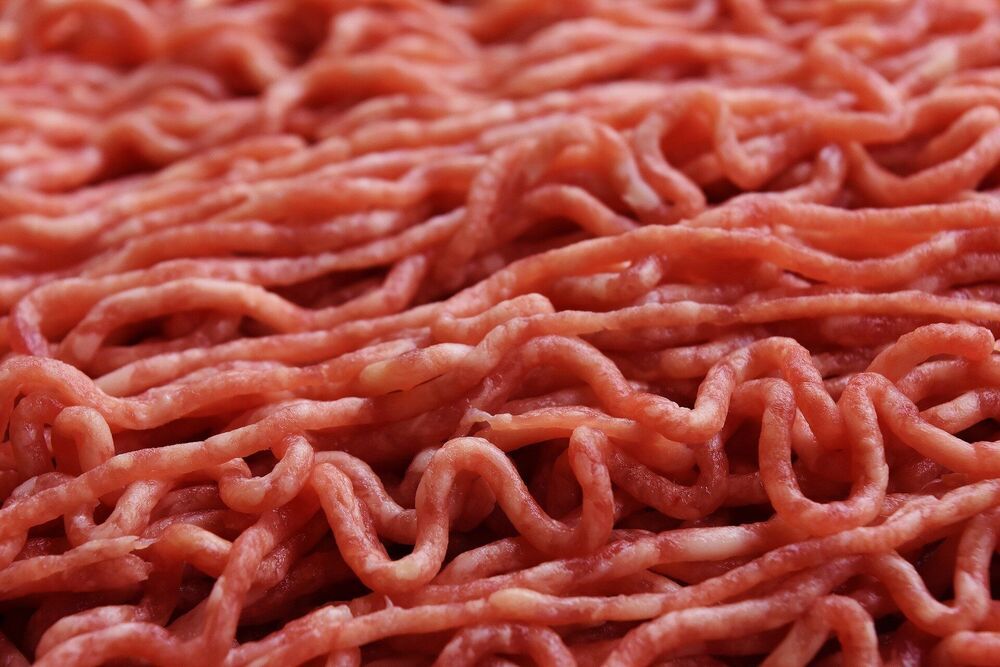
McMaster researchers have developed a new form of cultivated meat using a method that promises more natural flavor and texture than other alternatives to traditional meat from animals.
Researchers Ravi Selvaganapathy and Alireza Shahin-Shamsabadi, both of the university’s School of Biomedical Engineering, have devised a way to make meat by stacking thin sheets of cultivated muscle and fat cells grown together in a lab setting. The technique is adapted from a method used to grow tissue for human transplants.
The sheets of living cells, each about the thickness of a sheet of printer paper, are first grown in culture and then concentrated on growth plates before being peeled off and stacked or folded together. The sheets naturally bond to one another before the cells die.

This prompted a pair of neuroscientists to see if they could design an AI that could learn from few data points by borrowing principles from how we think the brain solves this problem. In a paper in Frontiers in Computational Neuroscience, they explained that the approach significantly boosts AI’s ability to learn new visual concepts from few examples.
“Our model provides a biologically plausible way for artificial neural networks to learn new visual concepts from a small number of examples,” Maximilian Riesenhuber, from Georgetown University Medical Center, said in a press release. “We can get computers to learn much better from few examples by leveraging prior learning in a way that we think mirrors what the brain is doing.”
Several decades of neuroscience research suggest that the brain’s ability to learn so quickly depends on its ability to use prior knowledge to understand new concepts based on little data. When it comes to visual understanding, this can rely on similarities of shape, structure, or color, but the brain can also leverage abstract visual concepts thought to be encoded in a brain region called the anterior temporal lobe (ATL).
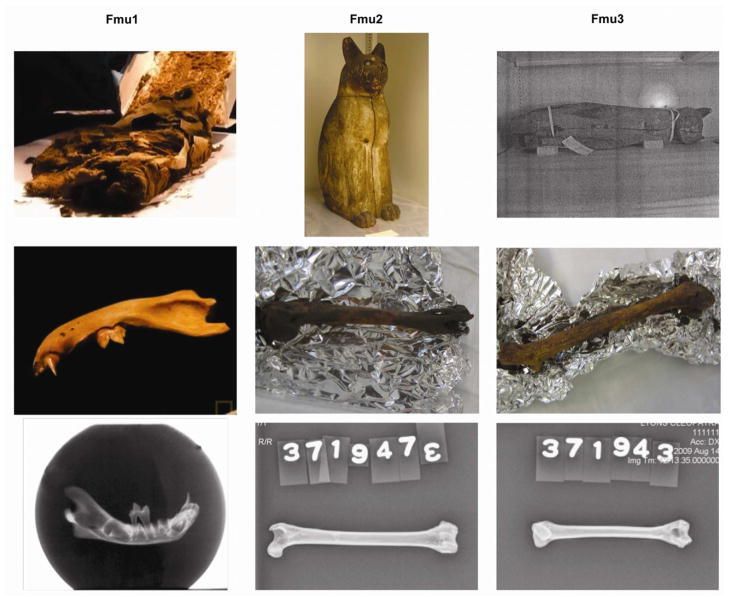
The ancient Egyptians mummified an abundance of cats during the Late Period (664 — 332 BC). The overlapping morphology and sizes of developing wildcats and domestic cats confounds the identity of mummified cat species. Genetic analyses should support mummy identification and was conducted on two long bones and a mandible of three cats that were mummified by the ancient Egyptians. The mummy DNA was extracted in a dedicated ancient DNA laboratory at the University of California – Davis, then directly sequencing between 246 and 402 bp of the mtDNA control region from each bone. When compared to a dataset of wildcats (Felis silvestris silvestris, F. s. tristrami, and F. chaus) as well as a previously published worldwide dataset of modern domestic cat samples, including Egypt, the DNA evidence suggests the three mummies represent common contemporary domestic cat mitotypes prevalent in modern Egypt and the Middle East. Divergence estimates date the origin of the mummies’ mitotypes to between two and 7.5 thousand years prior to their mummification, likely prior to or during Egyptian Predyanstic and Early Dynastic Periods. These data are the first genetic evidence supporting that the ancient Egyptians used domesticated cats, F. s. catus, for votive mummies, and likely implies cats were domesticated prior to extensive mummification of cats.
Keywords: ancient DNA, Felis silvestris catus, mitochondrial, control region, domestication.
Ancient Egyptian culture is well known for its reverence and mummification of cats (Ginsburg, et al., 1991). Cats featured in early Egyptian art and skeletal remains from c. 4000 BC, has led scholars to conclude that our current feline companions might have been domesticated in Egypt (Baldwin, 1975, Ginsburg, et al., 1991, Linseele, et al., 2007). However, the first documentation of wildcat taming, the precursor to domestication, is an archeological finding in Cyprus of a potential wildcat buried with a human, dating to approximately 9500 years ago (Vigne, et al., 2004), implying prior to the Predynastic Period in Egypt. Recent genetic studies have suggested that the origins of cat domestication occurred in the adjacent Near Eastern sites (Driscoll, et al., 2007, Lipinski, et al., 2008) as domestic cats have derived mitotypes from regional wildcats and the genetic diversity of modern domestic cats is highest within these regions.
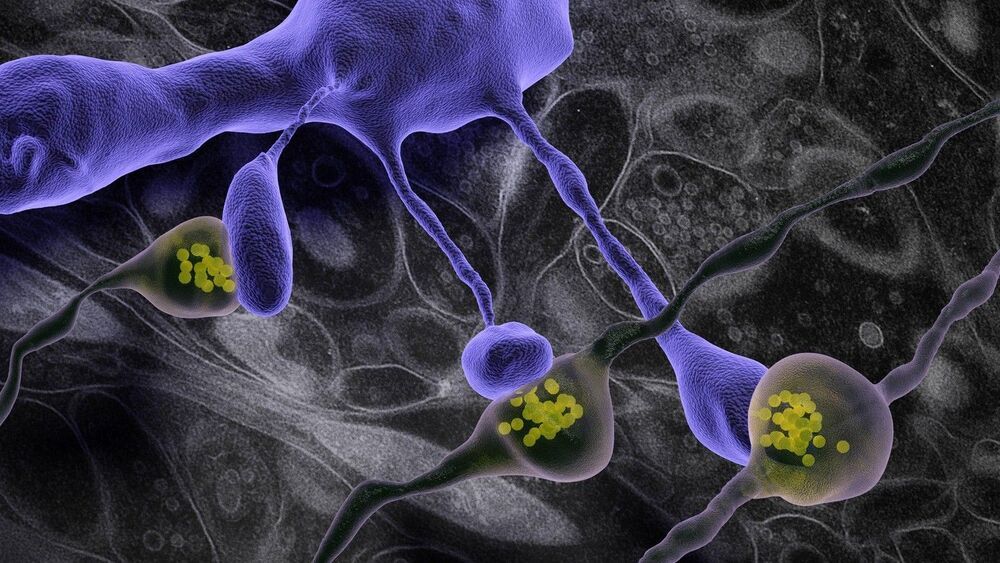

Weird, right?
The team’s critical insight was to construct a “viral language” of sorts, based purely on its genetic sequences. This language, if given sufficient examples, can then be analyzed using NLP techniques to predict how changes to its genome alter its interaction with our immune system. That is, using artificial language techniques, it may be possible to hunt down key areas in a viral genome that, when mutated, allow it to escape roaming antibodies.
It’s a seriously kooky idea. Yet when tested on some of our greatest viral foes, like influenza (the seasonal flu), HIV, and SARS-CoV-2, the algorithm was able to discern critical mutations that “transform” each virus just enough to escape the grasp of our immune surveillance system.

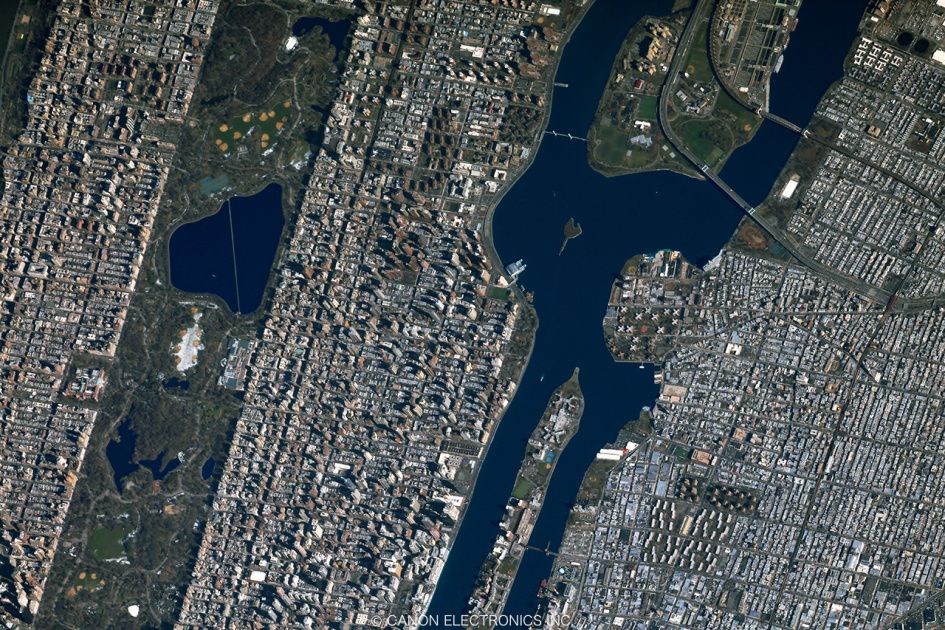
Rather than releasing any new cameras for CES 2021, Canon is doing something different: Letting you take pictures from space. The company has unveiled an [interactive site](https://redefinethelimits.us/space/cornerstone/experience) that allows you to use its CE-SAT-1 satellite, equipped with a lightly modified 5D Mark III DSLR, to grab simulated photos of locations including New York City, the Bahamas and Dubai.
Canon launched the wine barrel-sized microsatellite back in June of 2017. It holds an EOS 5D Mark III camera that’s fitted with a 40 cm Cassegrain-type (mirror) 3720mm telescope. Orbiting at a 600 km orbit (375 miles), it provides about a 36-inch ground resolution within a 3×2 mile frame, Canon claims. (By contrast, the world’s highest-resolution satellite, [WorldView-4](https://apollomapping.com/worldview-4-satellite-imagery?gcli…rT_D_BwE), can resolve down to 12 inches.) It also houses a PowerShot S110 for wider images.
Take ‘photos’ of Earth from space with Canon’s 5D Mark III camera.
Canon.
The interactive demo allows you take images from multiple locations, with each shot showing the location and altitude of the image. However, it uses pre-captured imagery, so you’re not actually grabbing live or unique photos. If it was live, CE-SAT-1 would be zipping around the Earth at nearly 17, 000 miles per hour, circling the globe in just over an hour and half. The demonstration does give you a feel for the satellite’s capabilities and resolution, however.
The experience is narrated by astronaut Marsha Ivins, who explains the satellite’s purpose and design. The microsatellites are much smaller and cheaper than regular satellites, and Canon hopes to build a [billion dollar business](https://en.canon-elec.co.jp/space/) around them by 2030. After launching the CE-SAT-1 in 2017, Canon attempted to launch an updated [CE-SAT-1B](https://www.engadget.com/watch-rocket-lab-canon-satellite-launch-191456033.html) last summer. However, it was lost when RocketLab’s Electron rocket [failed](https://www.engadget.com/rocket-lab-13th-mission-failure-142717244.html) shortly after launch.